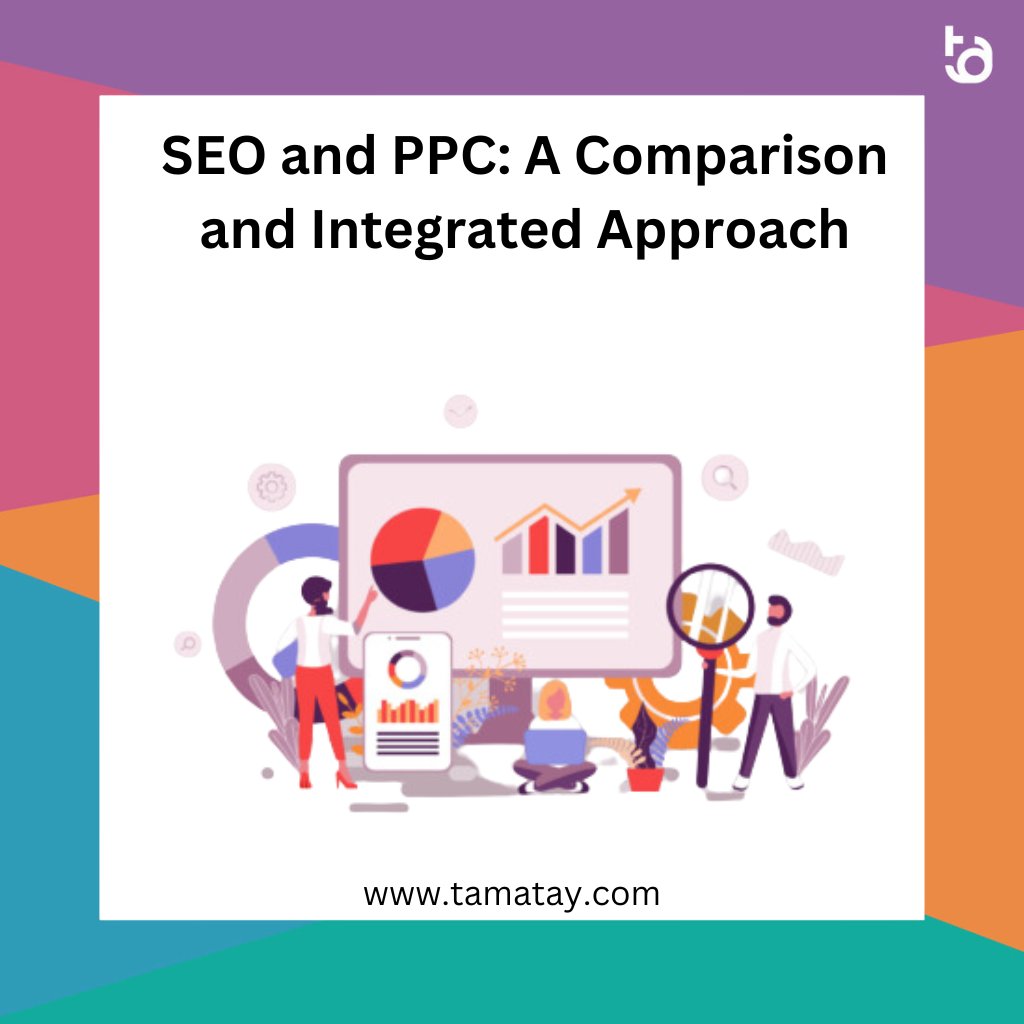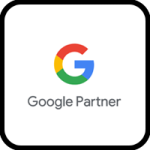SEO and PPC are two of the most important digital marketing strategies used to help a business bring in more organic and paid traffic, respectively. When employed together, these strategies can provide tremendous potential for any business. In this post, we’ll discuss the differences between SEO and PPC, the pros and cons of each, and how to use them together to create an integrated approach to digital marketing.
SEO vs. PPC
SEO (search engine optimization) is an organic marketing strategy that focuses on improving a website’s visibility on search engine results pages (SERPs). By optimizing the content on a website, businesses can rank higher in SERPs and drive more organic (unpaid) traffic.
PPC (pay-per-click) is an inorganic marketing strategy that focuses on purchasing ads on various search platforms to drive paid traffic to a website. Companies pay to have their ads appear in SERPs, with the intent of capturing leads and increasing conversions.
Pros and Cons of SEO
The primary benefit of SEO is that it can drive a high volume of organic (unpaid) traffic from search engines that can result in a significant return on investment.
• SEO builds trust with consumers as it establishes the brand as an authority.
• SEO is more cost-effective than most other marketing strategies, making it attractive for businesses with stricter budgets.
• SEO is great for targeting niche markets that would otherwise be difficult to reach.
• SEO is more reliable than PPC in terms of generating consistent long-term results.
The downside is that SEO is a slow and labor-intensive process. It can take months (or even years) for an SEO campaign to yield noticeable results, making it difficult to track return on investment in the short-term. Additionally, search engine algorithms are constantly changing, making it difficult to keep up with the latest trends.
Pros and Cons of PPC
The main benefit of PPC is that it can yield quick results, making it attractive for businesses that need to generate leads and conversions in the short-term.
• PPC is a great way to test different marketing strategies and campaigns.
• PPC can help businesses reach new markets and target users who would not have otherwise been aware of the brand.
• PPC can generate a steady stream of traffic for a website.
• PPC is great for targeting customers with specific interests and demographic profiles.
The downside is that PPC can be expensive, with businesses often needing to invest in costly ad campaigns before seeing any return on investment. Additionally, PPC campaigns can be difficult to track due to their short-term nature, and the results they generate are not always reliable.
Integrated Approach
The best way to use SEO and PPC is to employ them together in an integrated approach. This will allow businesses to target both organic and paid traffic, ensuring that their messages and campaigns reach a wider audience. When done correctly, businesses can maximize the effectiveness of their SEO and PPC campaigns and boost their visibility across the web.
• Use SEO to improve visibility and generate organic traffic.
• Use PPC to supplement SEO efforts, targeting paid traffic through ads on search engine result pages.
• Monitor campaigns to ensure that messages are reaching the correct audiences.
• Track and analyze performance to ensure campaigns are yielding the desired results.
Conclusion
SEO and PPC are two of the most powerful digital marketing strategies available today. While each has its own set of pros and cons, when used together they can provide tremendous potential for any business. By employing an integrated approach, businesses can target both organic and paid traffic, ensuring that their messages and campaigns reach a wide audience. Ultimately, the key to success lies in being able to monitor and track performance to ensure campaigns are yielding the desired results.







